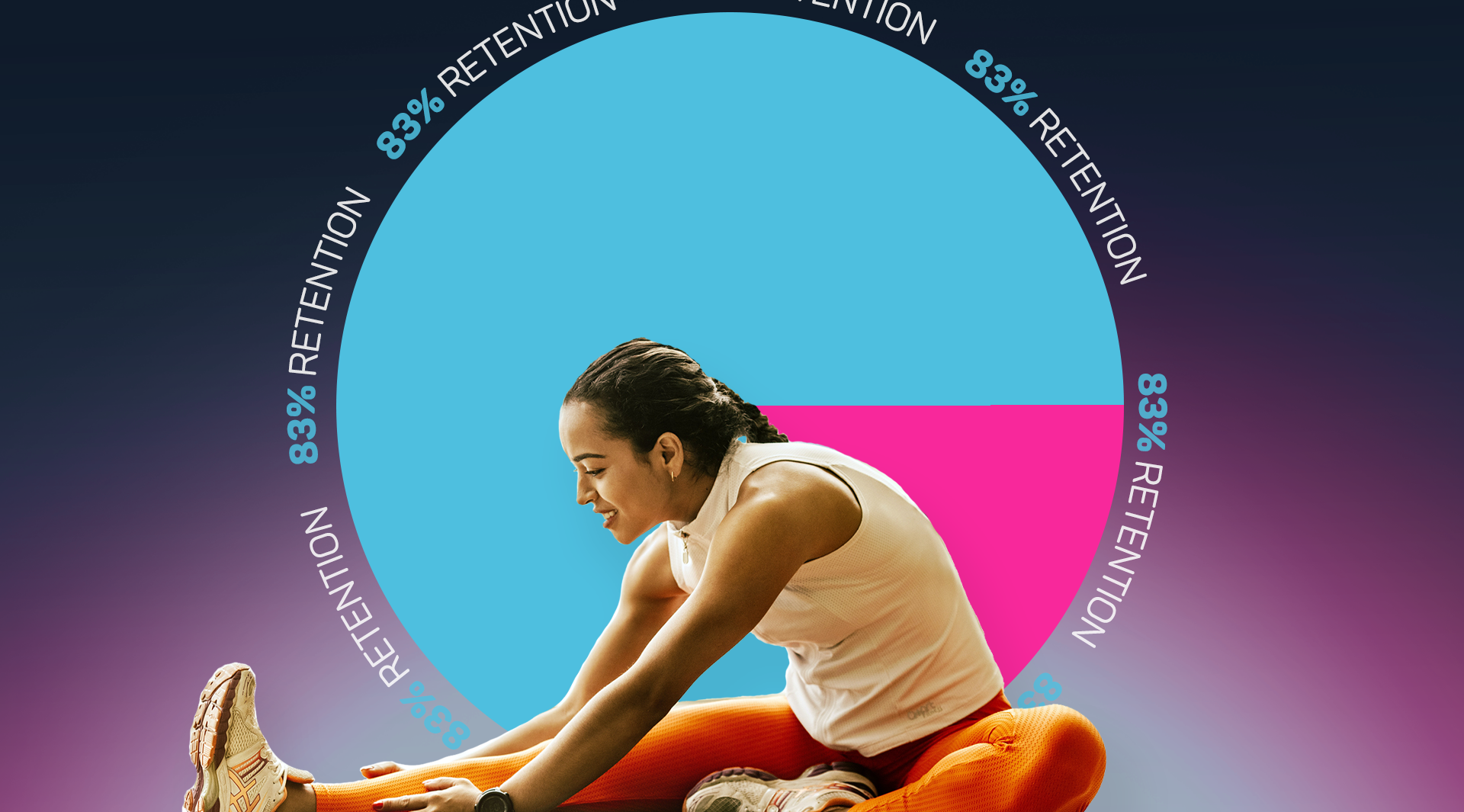The growth of digital and at-home fitness services during the pandemic left many fitness clubs fighting for survival. Some big names in the leisure industry, like 24 Hour Fitness and Gold’s Gym, even filed for bankruptcy.
While for many other brands the struggles on the recovery road are just starting, it it’s not all bad news when we look at the data!
We discovered that our gyms in the UK had on average 17% more members in 2020. This means that clubs have only lost 17% of their customer base in the past year due to lockdown restrictions and facility closures.
Fitness clubs in the UK have recorded 83% of member retention amid the ongoing COVID-19 closures.

In other words, the global pandemic might have changed the way we exercise, but it hasn’t broken our relationship with the gym.
The good news don’t end here. Following the reopening of fitness clubs after the first lockdown, we saw a good steady increase of gym visits.
Nearly 80% of those who made a steady return to the gym ware either Millennials (aged 26-40) or belonged to Generation Z (aged 8-25). The two groups are often called ‘Generation Active’, a label coined by LesMills.
What we consequently saw in the autumn reopening in the UK was even more promising.
Not only did gym members return to the gym floor, but we also recorded a 17% increase in gym visits in October (compared to data recorded in 2019).
According to a Harrison Co., 1 in 3 fitness club members plan to work out more after COVID. More than 50% of them said that they are motivated to increase their overall health and well-being.
There are many things that fitness clubs can do help members throughout the transitioning period.
Start promoting the use of fitness programmes to support the post-COVID habit formation as soon as you reopen your doors to exercisers. Or better yet, include rewards in your retention strategy to encourage a more active, healthier lifestyle among all of your members, from the novices to the athletes.















